8 days cruise yacht Aqua – B8
Route B8 (Tue - Tue): Central and Southern Galapagos Islands
- 8 days
- 1-16
Highlights of the tour
- Black sand beach on Santiago
- Hybrid iguanas on South Plazas Islan
- Snorkeling among colorful fish
- Turtle hatchery center
Overview
With this varied 8-day cruise with the yacht Aqua you will get to know the central part of the Galapagos Islands. Beautiful beaches in different colors, impressive vegetation and many animal species, such as sea lions, Galapagos penguins, turtles, brown pelicans and frigate birds await you.
Besides the exciting excursions, there is of course enough time to relax, snorkel and swim and on board you can really enjoy yourself.
Itinerary
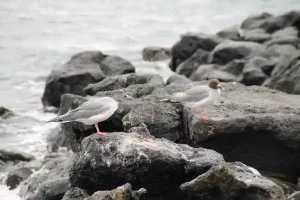 You will be transferred to the airport in the morning and fly to the Galápagos Islands. Morning – Arrival at Baltra Airport. At the mainland airport, you have purchased your TCC or Ingala card and a luggage inspection has already been conducted to ensure that no foreign plant or animal species are introduced. Upon your arrival at Seymour Ecological airport, your TCC (Transit Control Card) will be stamped. This must be kept in a safe place during your trip, as it must be presented again on your return flight. In addition, the Galápagos National Park entrance fee is due upon entry (US$200), if not already paid. Your guide will meet you at the airport, help you with your luggage, and will accompany you on the short bus ride to the port. Here you will board the yacht. After greeting the crew and captain, you will be assigned your cabins and then have your first lunch together. Afternoon – North Seymour. This small island is one of the most visited places and is teeming with birds. An easy circular walk takes you through the most extensive colonies of blue-footed boobies and frigate birds in the archipelago. At the beginning of the breeding season, the adult frigate birds inflate their bright red pouches into impressive football-sized balloons. This is one of the few places where you can compare the magnificent and the large frigate birds breeding side by side.
You will be transferred to the airport in the morning and fly to the Galápagos Islands. Morning – Arrival at Baltra Airport. At the mainland airport, you have purchased your TCC or Ingala card and a luggage inspection has already been conducted to ensure that no foreign plant or animal species are introduced. Upon your arrival at Seymour Ecological airport, your TCC (Transit Control Card) will be stamped. This must be kept in a safe place during your trip, as it must be presented again on your return flight. In addition, the Galápagos National Park entrance fee is due upon entry (US$200), if not already paid. Your guide will meet you at the airport, help you with your luggage, and will accompany you on the short bus ride to the port. Here you will board the yacht. After greeting the crew and captain, you will be assigned your cabins and then have your first lunch together. Afternoon – North Seymour. This small island is one of the most visited places and is teeming with birds. An easy circular walk takes you through the most extensive colonies of blue-footed boobies and frigate birds in the archipelago. At the beginning of the breeding season, the adult frigate birds inflate their bright red pouches into impressive football-sized balloons. This is one of the few places where you can compare the magnificent and the large frigate birds breeding side by side.
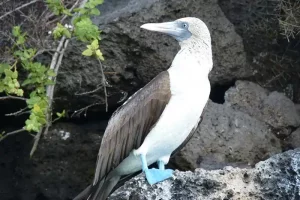 Morning – South Plaza. After breakfast, you will take an unforgettable guided walk on South Plaza, the best place to encounter the native Galápagos land iguanas. Also, note the unique mix between a male marine lizard and a female land iguana. Once on the top ledge, you’ll get an impressive view of booming waves crashing against the cliffs some 20 meters below. Clouds of petrels, storm petrels, shearwaters and noddy terns delight you with their spectacular flights. Take your binoculars and watch the red-billed tropic birds with their graceful tails and their spectacular mating fights. These cliffs are also the nesting sites of the native fork-tailed gulls. Before lunch, you will sail to Santa Fe, possibly accompanied by bottlenose dolphins.
Morning – South Plaza. After breakfast, you will take an unforgettable guided walk on South Plaza, the best place to encounter the native Galápagos land iguanas. Also, note the unique mix between a male marine lizard and a female land iguana. Once on the top ledge, you’ll get an impressive view of booming waves crashing against the cliffs some 20 meters below. Clouds of petrels, storm petrels, shearwaters and noddy terns delight you with their spectacular flights. Take your binoculars and watch the red-billed tropic birds with their graceful tails and their spectacular mating fights. These cliffs are also the nesting sites of the native fork-tailed gulls. Before lunch, you will sail to Santa Fe, possibly accompanied by bottlenose dolphins.
Afternoon – Santa Fe. After lunch, you will be met directly by a Galápagos sea lion colony on the beach, where you will have time for either a refreshing swim or exceptional snorkeling surrounded by tropical reef fishes in the crystal clear waters of Barrington Bay. In addition, you will see vast opuntia cactus forests. The largest cacti on the island have extremely thick trunks and can grow over 10 meters tall. After a wet landing on Santa Fe beach, take a guided nature walk. This extraordinary island is a remnant of what is probably the oldest volcano in Galápagos. Your guide will decide whether to follow an easy, short walk or a strenuous, longer hike inland (moderately difficult, about 3 km).
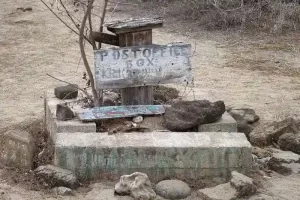
Afternoon – Post Office Bay, Baroness Lookout. First, visit Post Office Bay. The history of this place is closely linked to a wooden barrel built there by the crew of a whaling ship in the 18th century. At that time, the barrel was used by sailors as a post office. Even today, visitors use the barrel in the same way. The idea is to “send” letters and postcards to their destinations by placing them in the barrel. At the same time, other mail is taken out to be sent to one’s home address. This foreign mail is then delivered. Feel free to give it a try! It could well be that your mail will be at your destination faster this way than it would be with Ecuadorian mail. In the north of Floreana Island is the beautiful “Baroness Viewpoint”. The island was the destination of the first colonialists in Galapagos. Among them was the Baroness Eloisa von Wagner. The viewpoint is located very close to the ruins of the house inhabited by the Baroness. From this viewpoint you have a wonderful view of the coastal landscape of Enderby Island to the Post Office Bay, Cerro Pajas, the Flamingo Lagoon and the Palo Santo Forest.
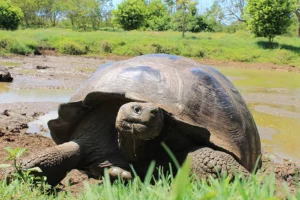
Afternoon – Fausto Llerena Breeding Centre (Santa Cruz). At the Fausto Llerena breeding center you will have the opportunity to take amazing photos of the turtles! The tour starts at the GNP information booth. The path continues to the Van Straelen Interpretation Centre, the Breeding Centre, and from there a trail leads you to see the Española Island turtles, ending at the turtle exhibition enclosure. The turtles in this enclosure are used to people; it is an excellent place to have your photo taken with them!
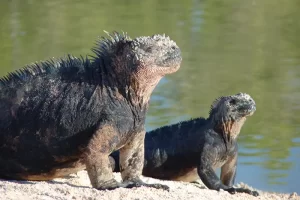
Afternoon – Sullivan Bay. Arriving at Sullivan Bay is like landing on the moon. The desolate, sprawling fields seem mostly lifeless, but this island, especially popular with photographers, still offers plenty to see. There is even life! Green sea turtles burrow into the small white sandy beach, where you can also find crabs, blue herons and oystercatchers.
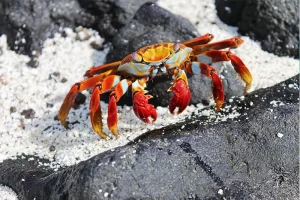
Afternoon – Chinese Hat. Chinese Hat is a 52-meter-high volcanic cone that forms another small island out of the rocky coast of Santiago, where a small colony of Galápagos penguins has settled. Because its primordial fire went out quite recently, this place is perfect for learning about volcanism, lava bombs and lava tunnels. On the beach, you can also discover pillow lava with coral on top. This area was originally underwater before it was raised above sea level. Beaches of white coral sand grow and the holes in the eroding lava fields are filled in with lava sand. Galápagos sea lions and marine lizards contribute to the fertility of the soil. All together, they create more beneficial options for pioneer plants such as salt bush and the staining Vesuvius carpet.
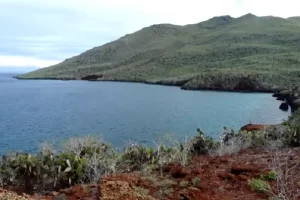
Afternoon – Bartolomé. The beautiful volcanic island of Bartolomé is one of the youngest islands and, in geological terms, was only recently formed out of fire. Even though lifeless at first sight, Bartolomé offers some of the wildest landscapes and the best panoramic views of the entire archipelago. To enjoy the postcard view of idyllic ‘Pinnacle Bay’, you must climb the stairs to the island lookout (114m/375ft). Enter a dramatic world of intimidating (albeit extinct) nearby spatter cones, craters and light lava drops spewed by fiery fountains. The Summit Trail is also ideal for watching sparse pioneer vegetation, such as lava cactus, struggle to take root in the bare, untouched lava fields.
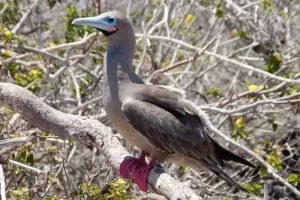
After this excursion, you will be transferred to the airport and say goodbye to the guide and crew!
- Included services
- Accommodation on board in a cabin with private bathroom
- All meals, water, coffee and tea
- All excursions as indicated in the itinerary (subject to change) with bilingual naturalist guide (English-Spanish)
- Airport transfers in Galapagos (only guaranteed if the flight is booked together with the cruise)
- Snorkeling equipment (mask, fins and snorkel)
- Towels for bathroom and beach
- Not included services
- International flight and Galapagos flight
- Entrance fee to Galapagos National Park (USD 200 per person, subject to change)
- Transit control card (USD 20 per person, subject to change)
Airport transfers in Galapagos (if the flight is not booked together with the cruise) - Wetsuit
- Soft and alcoholic drinks
- Tips
- Travel insurance and other personal expenses
Hints
Single travelers share a cabin with a person of the same sex, unless a single room is booked and the single supplement is paid (guaranteed single cabin). Single travelers who agree to share their cabin are exempt from the single supplement even if no other traveler joins them.
Single supplement: 50% (maximum 4 single cabins per trip)
Children of all ages are accepted on board, but parents are fully responsible and liable for their children throughout the cruise.
Ask us for children or group discount.
Price not valid for Christmas and New Years´s Eve departures.
All prices are subject to change if local tax increases or other circumstances beyond our control occur.
The itinerary is subject to change at any time due to circumstances beyond our control.
In order to rent a wetsuit, we will need your clothing size (S/M/L/XL) before your arrival in Galapagos. Standard wetsuits with a thickness of 3 mm are rented.
Travel Insurance:
To protect your travel investment, we highly recommend the purchase of travel insurance. Travel insurance is intended to cover medical expenses, trip interruption and cancellation, theft and other losses incurred while traveling domestically or internationally.
Visa and Entry Requirements:
Ecuador requires a valid passport (with a minimum 6 months validity). Contact your local embassy or consulate for the most up-to-date visa requirements.
Other interesting cruises
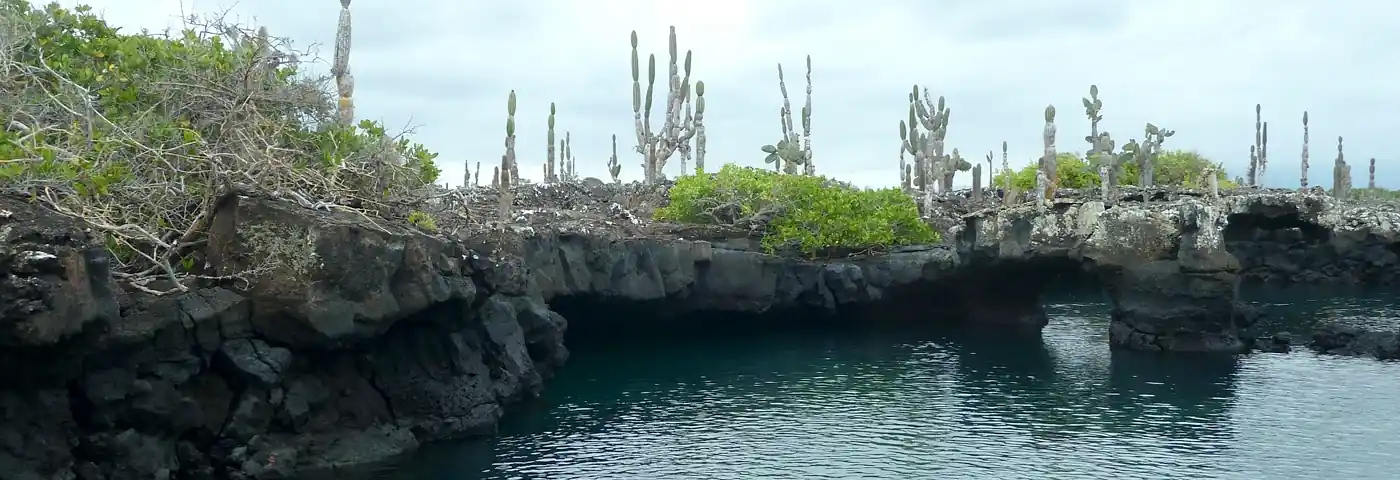
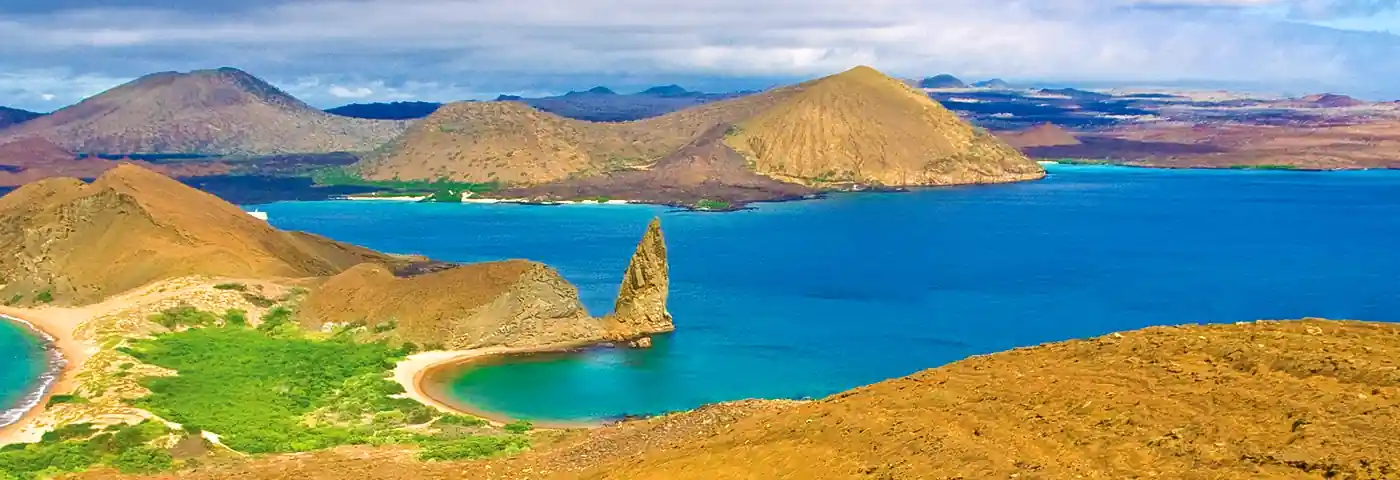
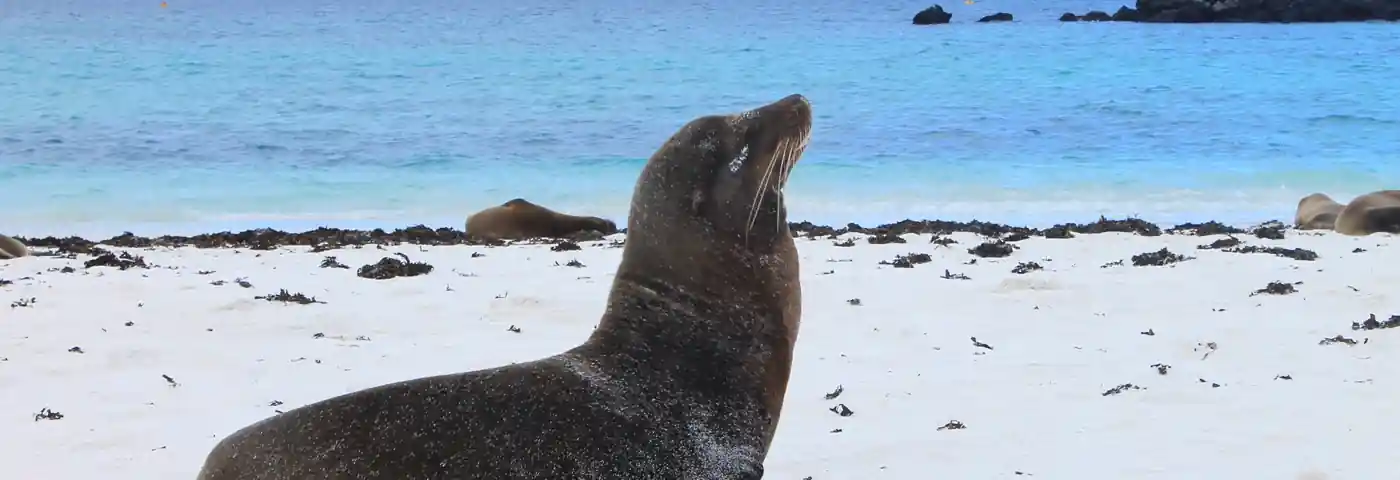
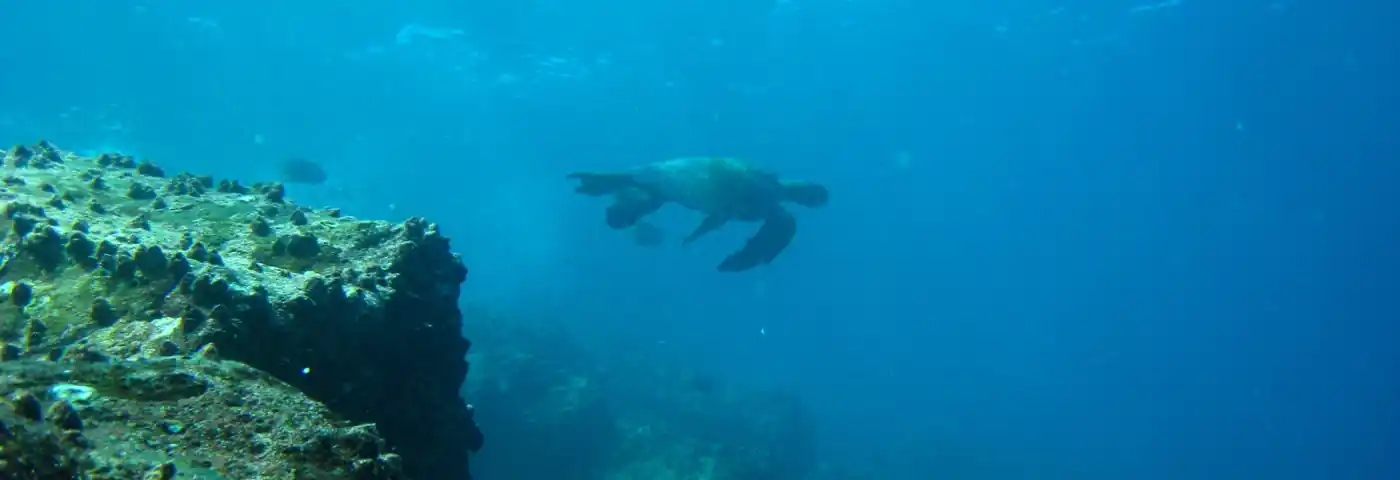

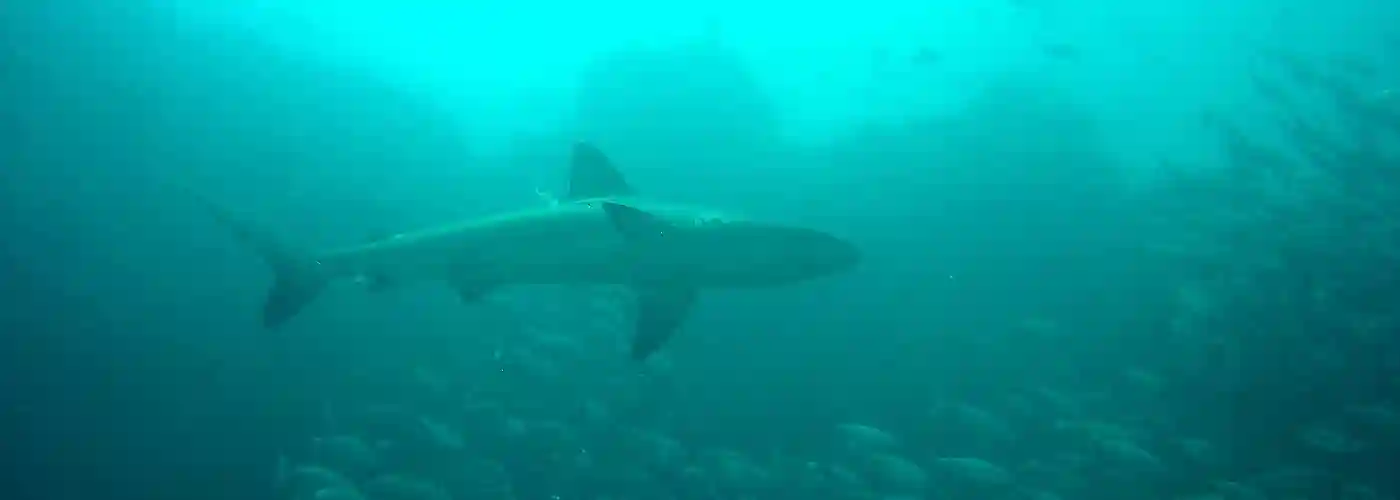
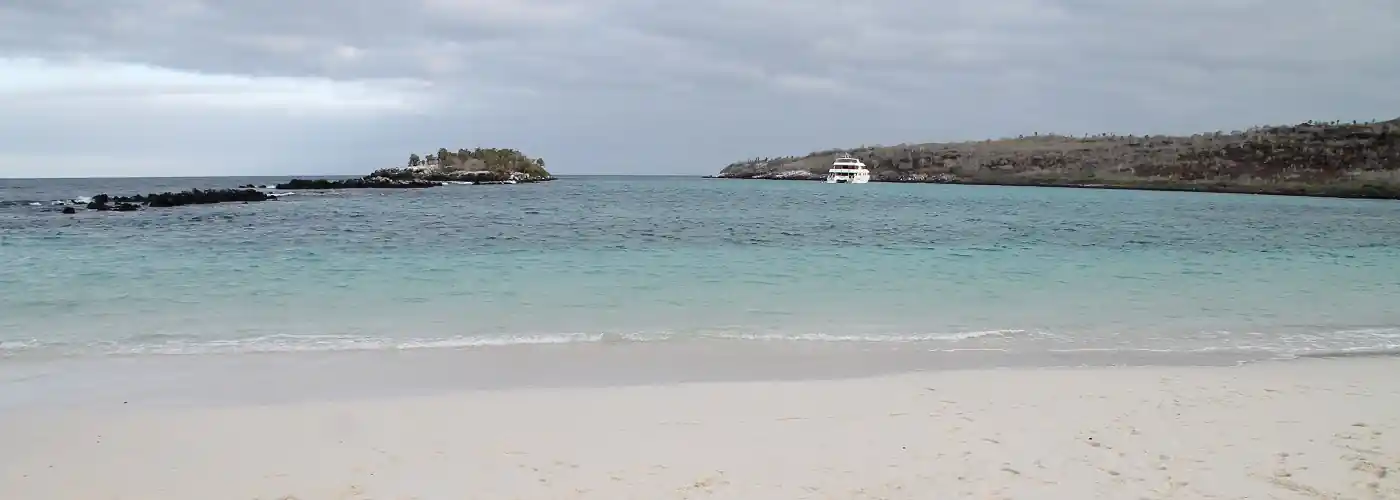
- 8 days
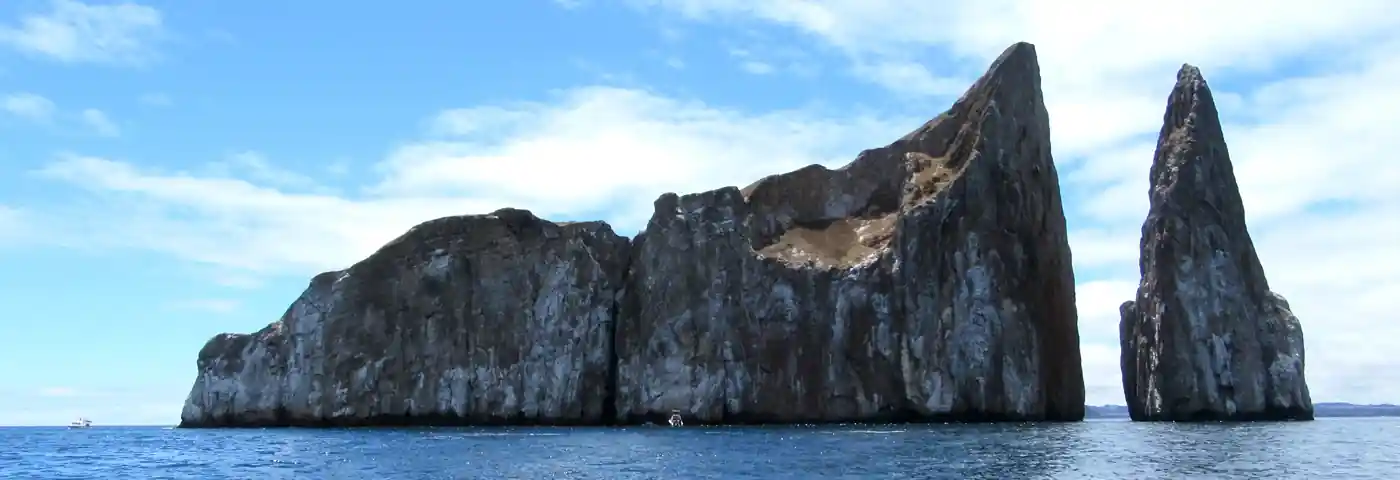
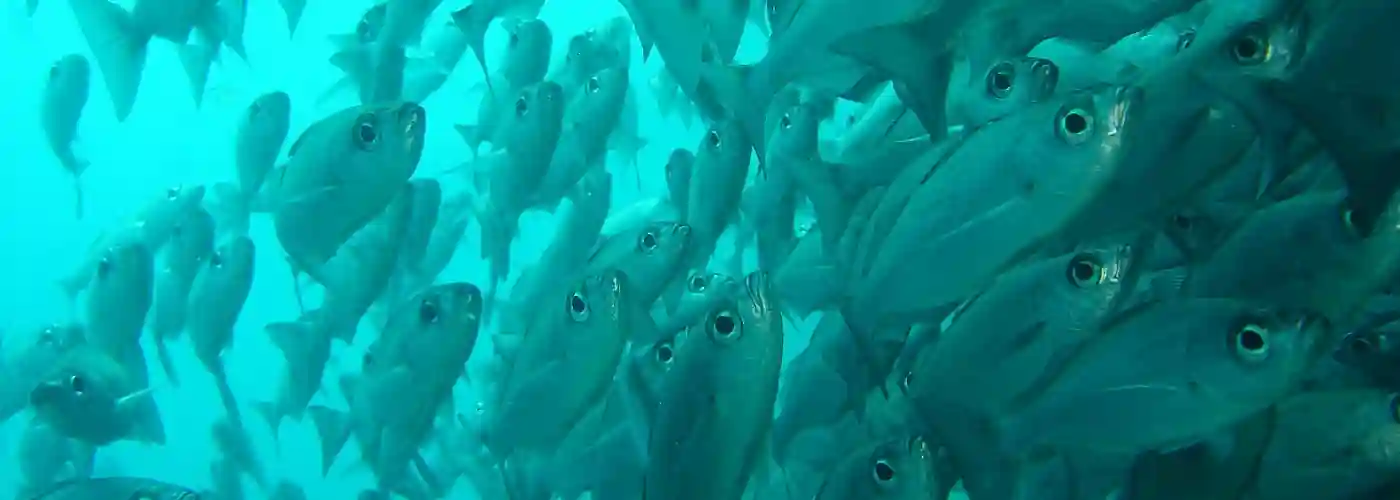
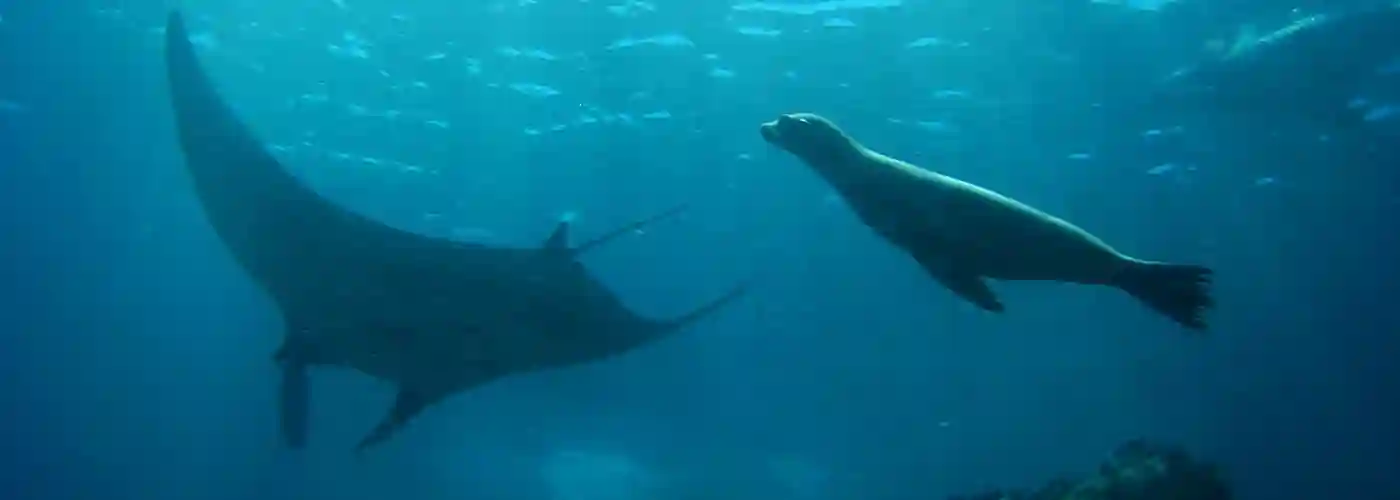

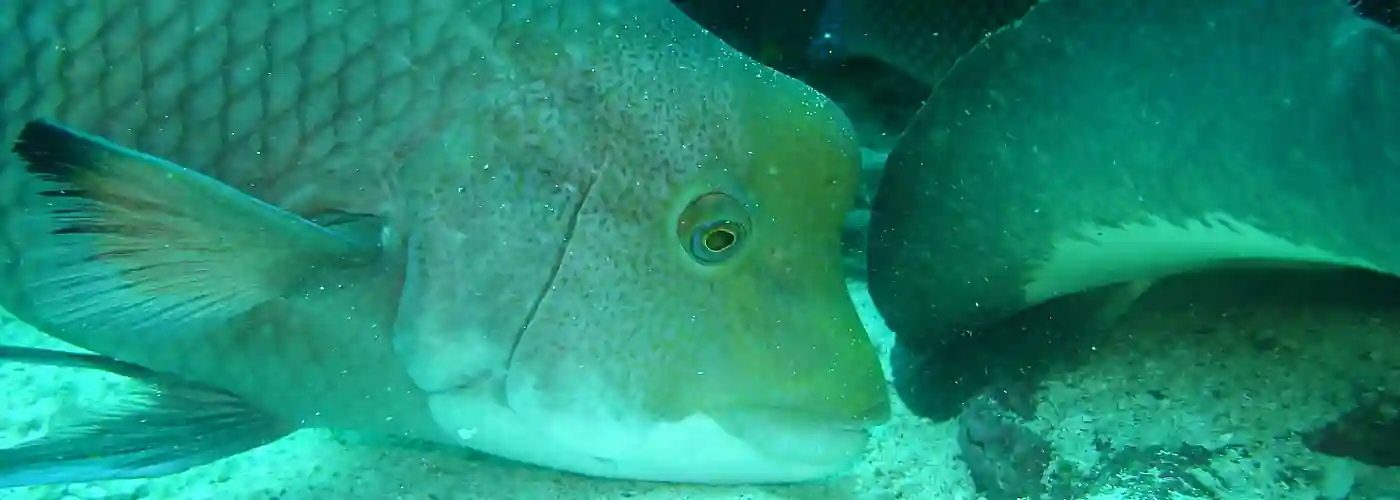

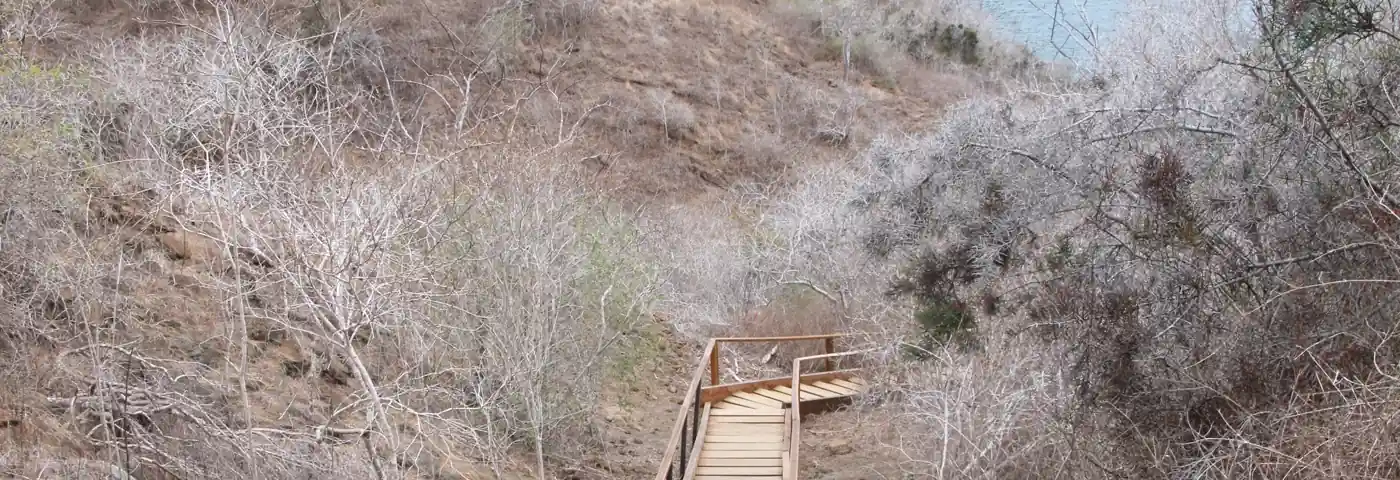
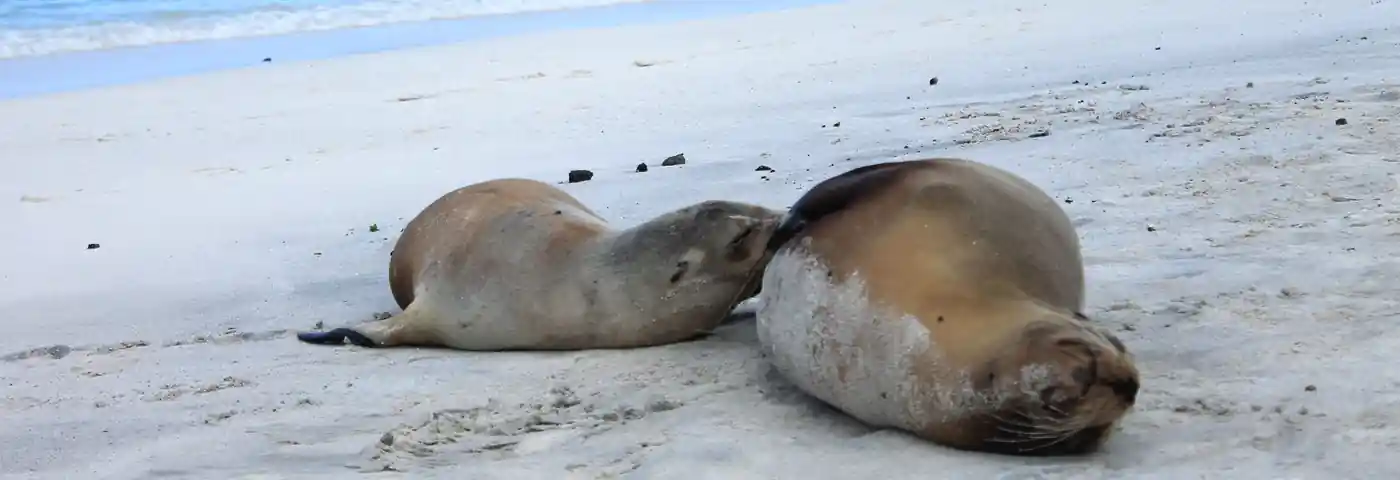
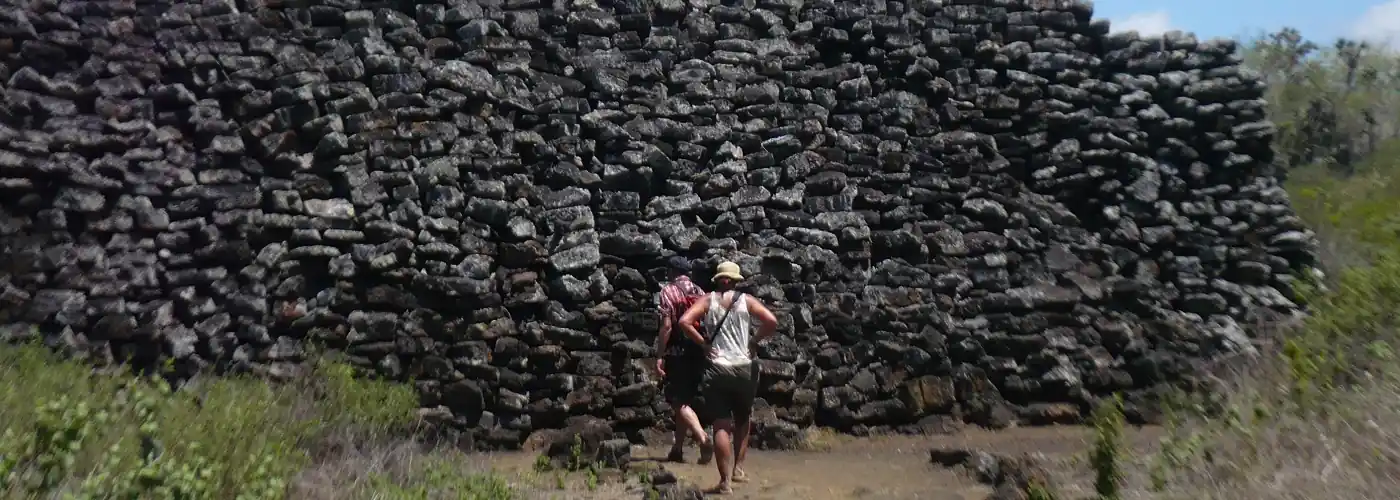
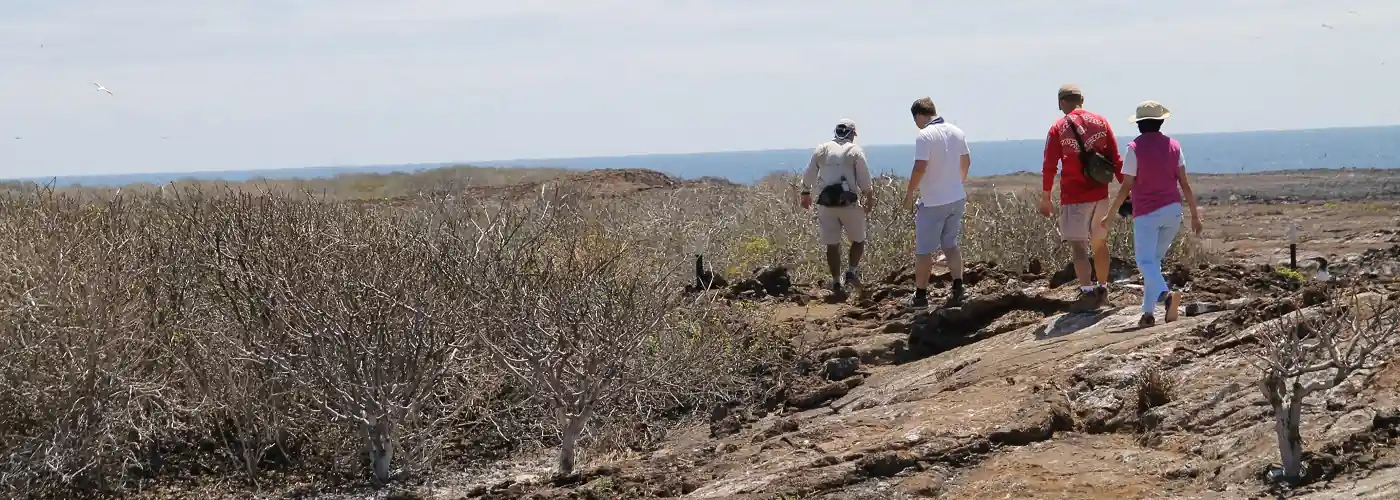
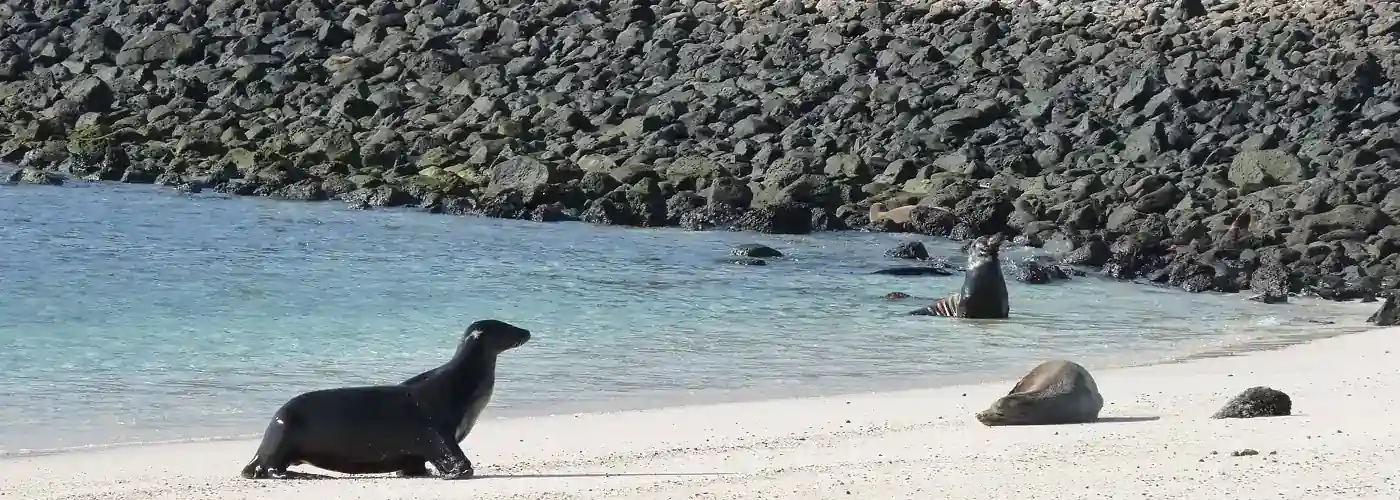

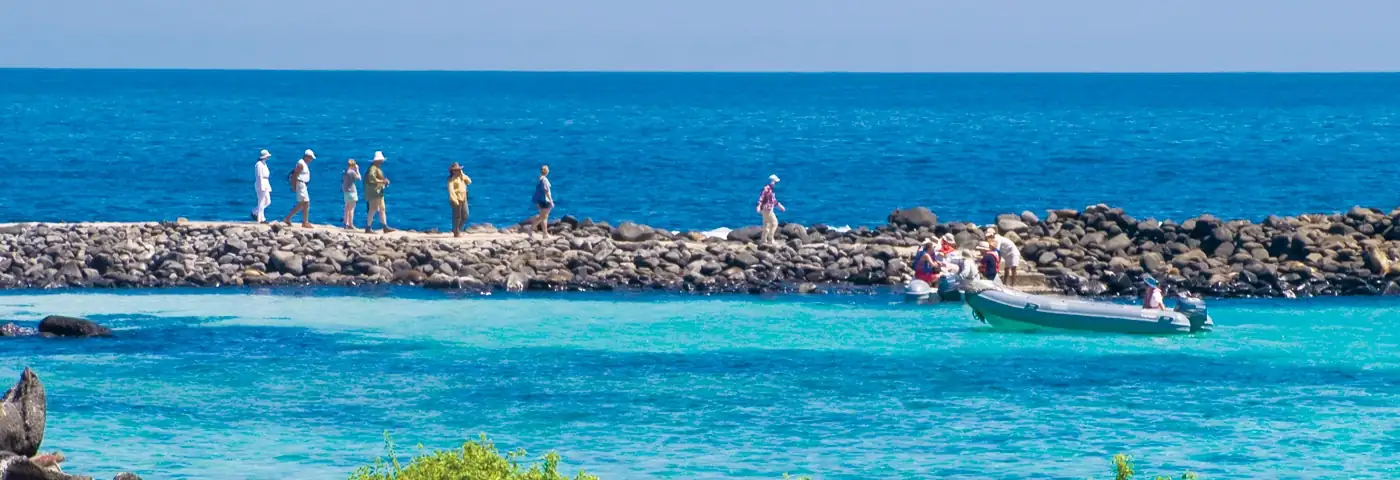
8 days cruise yacht Aqua – B8
From US$ 3010 p.p.
Get in touch:

Dayana Arias Leon
- +593 (0)2 2194333
- hello@soleq.travel
